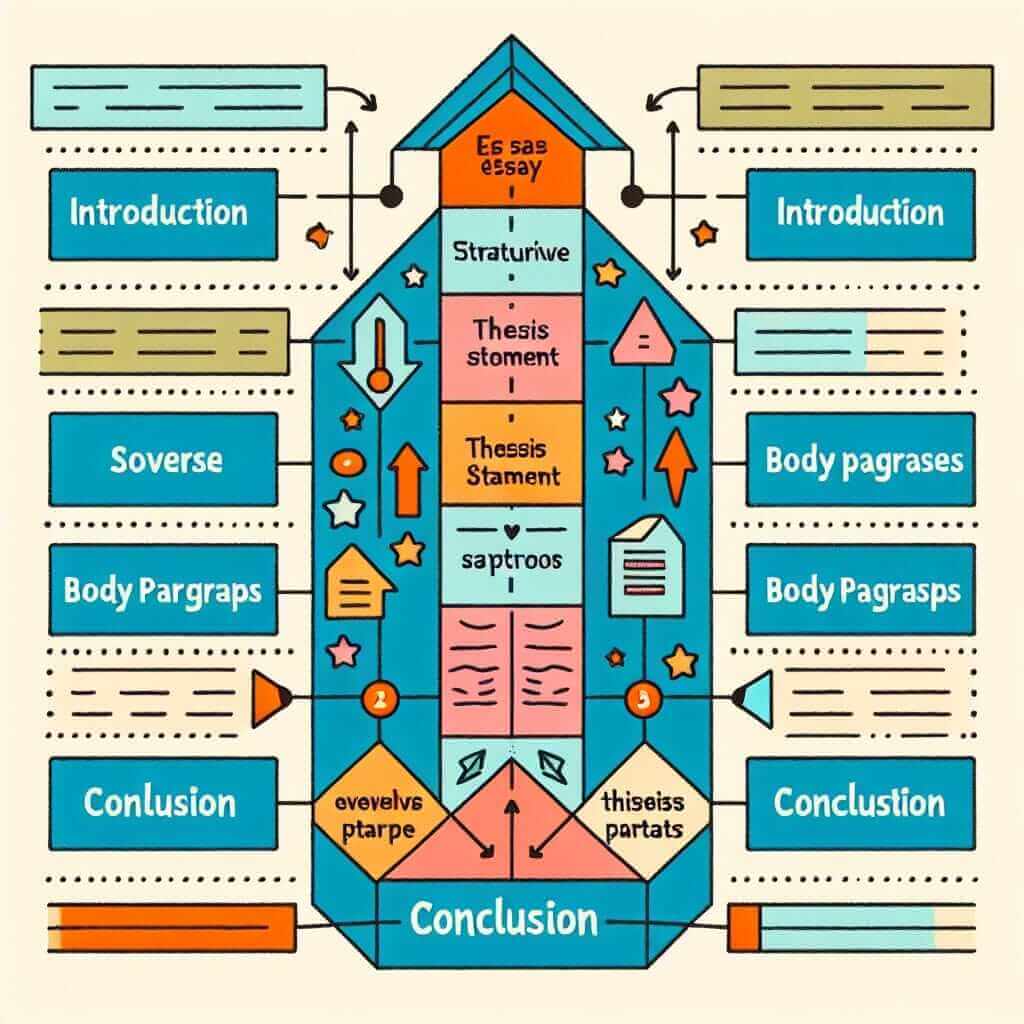For IELTS test-takers, particularly those aiming for a high band score in the Writing section, understanding the nuances of essay structure is crucial. One common question that arises is: where should the thesis statement be placed – the introduction or the conclusion?
The Power of a Strong Thesis Statement
Before diving into the placement, let’s first clarify what a thesis statement is and why it holds such significance in your IELTS essay. In essence, the thesis statement is your essay’s compass, providing direction and clarity. It’s a concise declaration of your stance on the essay topic, outlining the main points you’ll explore in subsequent paragraphs.
The Case for the Introduction
In the realm of academic writing, which IELTS Writing emulates, the thesis statement traditionally resides at the end of the introductory paragraph. This placement serves a clear purpose: it acts as a roadmap for the reader, setting the stage for the arguments and evidence presented in the body paragraphs.
Imagine reading an essay where the main point is revealed only at the very end. It would feel disjointed and leave the reader wondering about the essay’s direction for a significant portion of the reading experience. Placing the thesis statement in the introduction eliminates this ambiguity, providing a smooth and logical flow of ideas.
Example:
Topic: Some people believe that the benefits of tourism outweigh the drawbacks. Do you agree or disagree?
Introduction with Thesis Statement:
In an increasingly interconnected world, tourism has become a global phenomenon, bringing with it both opportunities and challenges. While some argue that the negative impacts of tourism outweigh its advantages, I firmly believe that the benefits, particularly in terms of economic growth and cultural exchange, are more substantial.
The Role of the Conclusion
If the introduction sets the stage, the conclusion serves as the final curtain call. It’s an opportunity to reiterate your main arguments and leave a lasting impression on the reader. However, this does not mean simply repeating the thesis statement verbatim. Instead, the conclusion should synthesize the information presented, offering a sense of closure and highlighting the significance of your perspective.

Example:
Conclusion:
In conclusion, while acknowledging the potential downsides of tourism, such as environmental concerns and cultural commodification, the economic benefits and cross-cultural understanding fostered by travel ultimately tip the scales in favor of its advantages. By embracing sustainable practices and promoting responsible tourism, we can harness its transformative power for the betterment of both individuals and nations.
Key Takeaways for IELTS Success
- Clarity is Key: Whether you choose to subtly imply your stance in the introduction or explicitly state it, ensure your position is clear throughout the essay.
- Context Matters: While the traditional approach favors placing the thesis statement in the introduction, the specific essay question and your personal writing style may warrant slight variations.
- Practice Makes Perfect: The more you practice crafting clear and concise thesis statements, the more confident you’ll become in placing them effectively within your essays.
Remember, achieving a high score in the IELTS Writing section requires more than just language proficiency; it demands a strong command of essay structure and argumentation. By understanding the purpose and optimal placement of your thesis statement, you’ll be well-equipped to impress the examiners and achieve your desired band score.